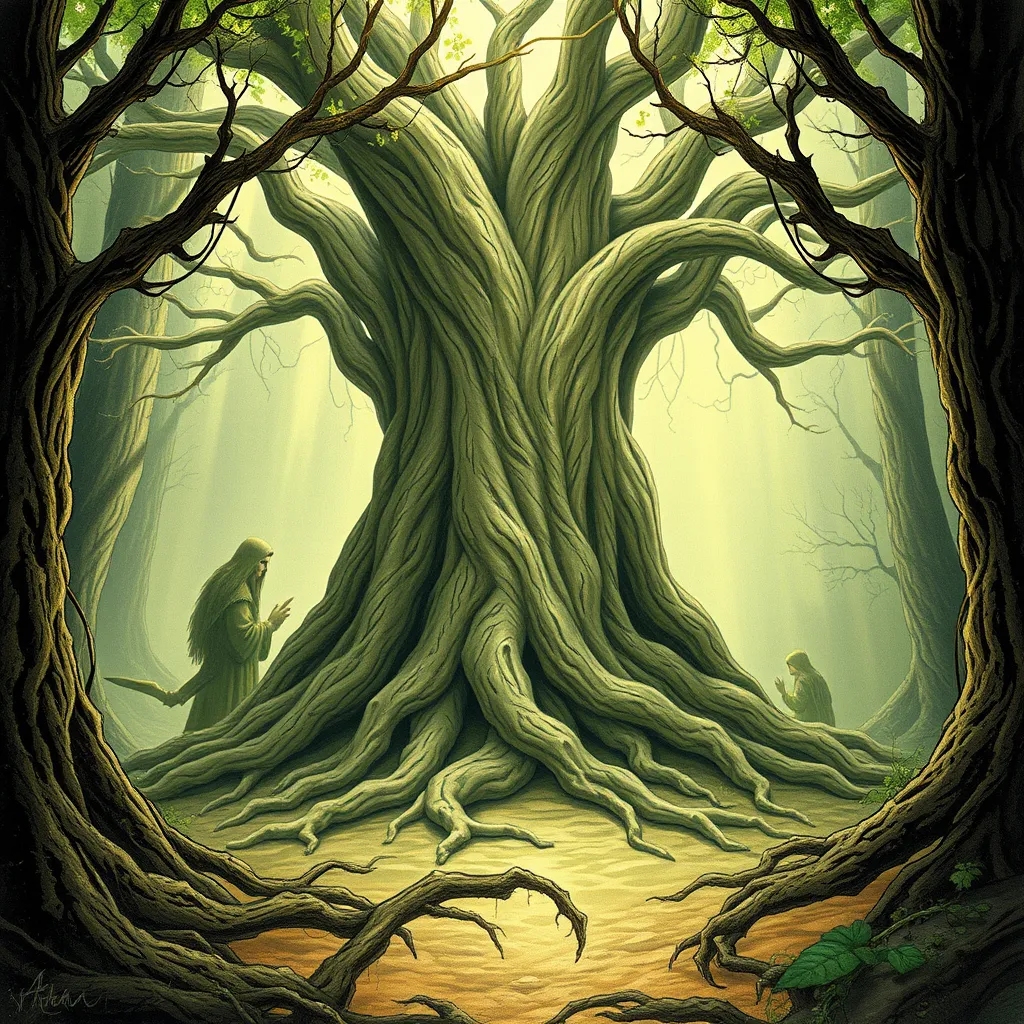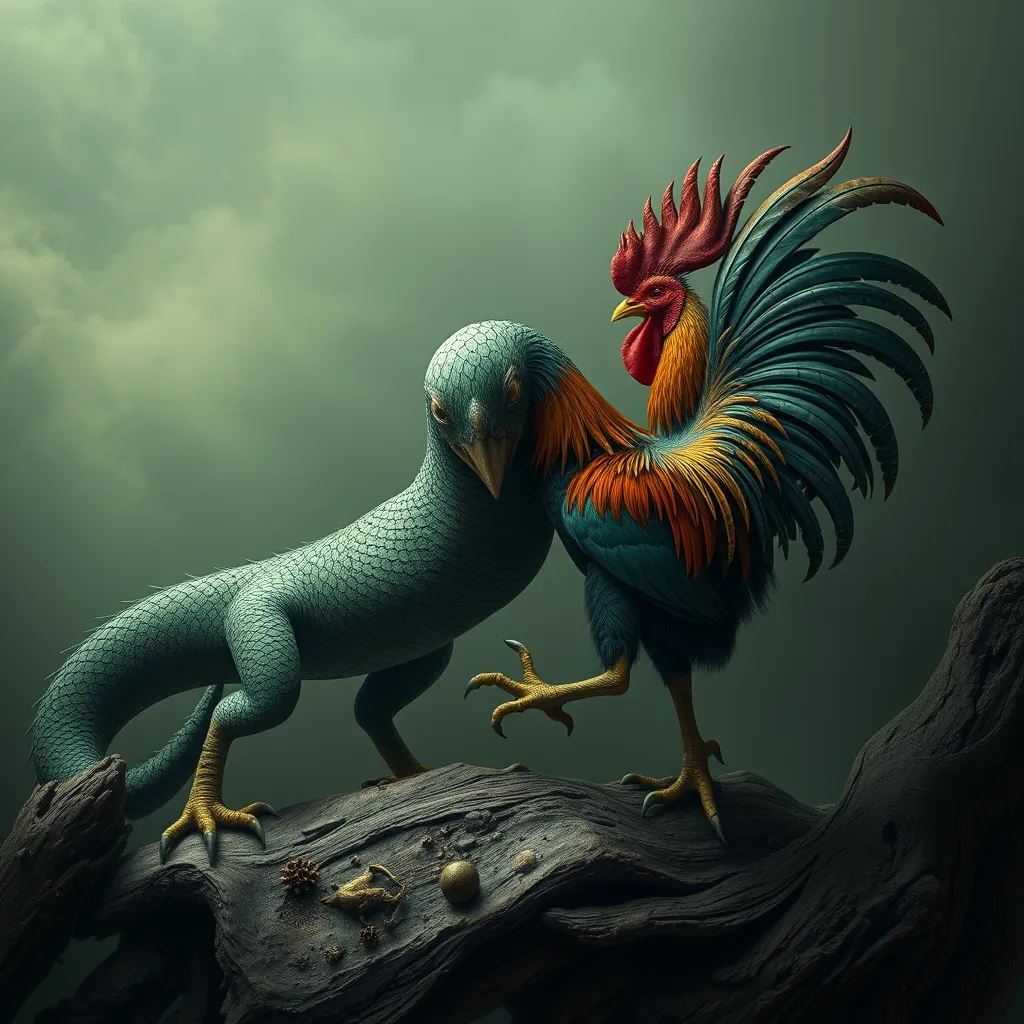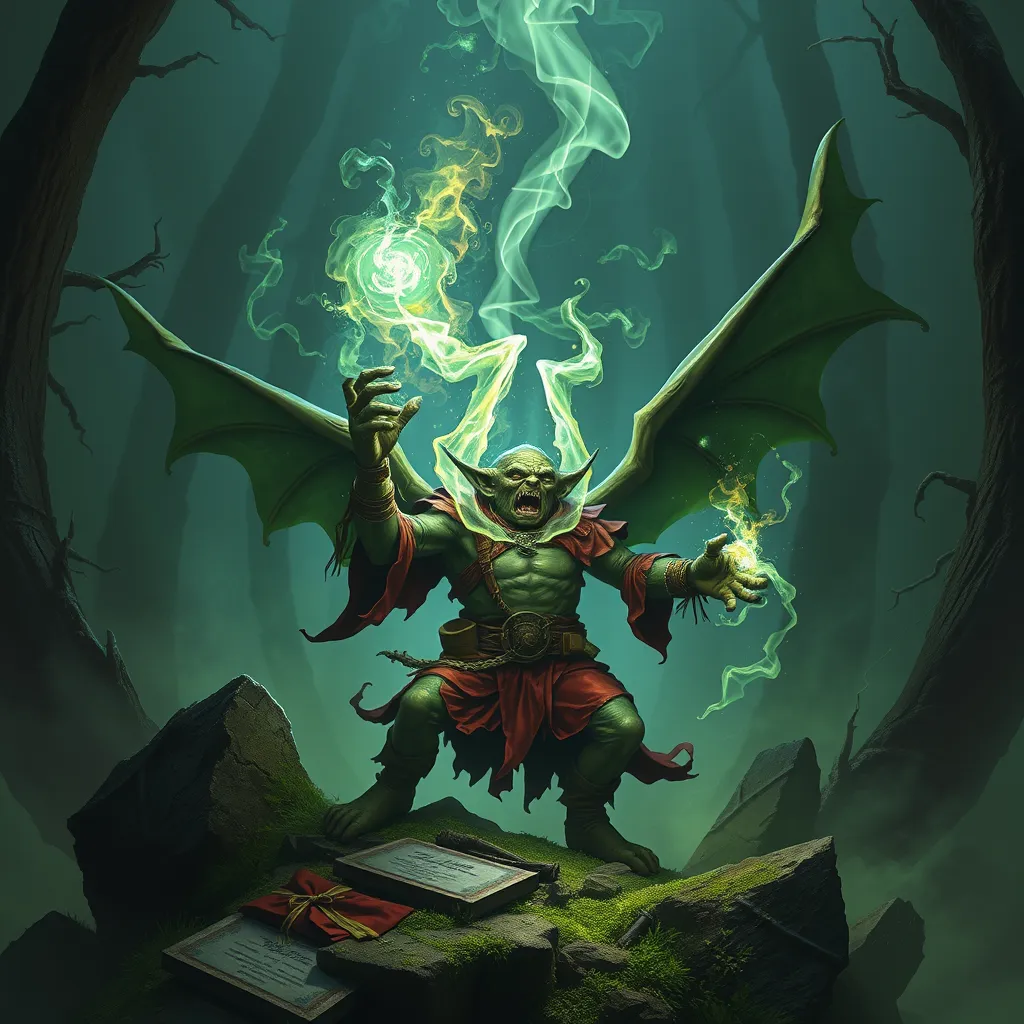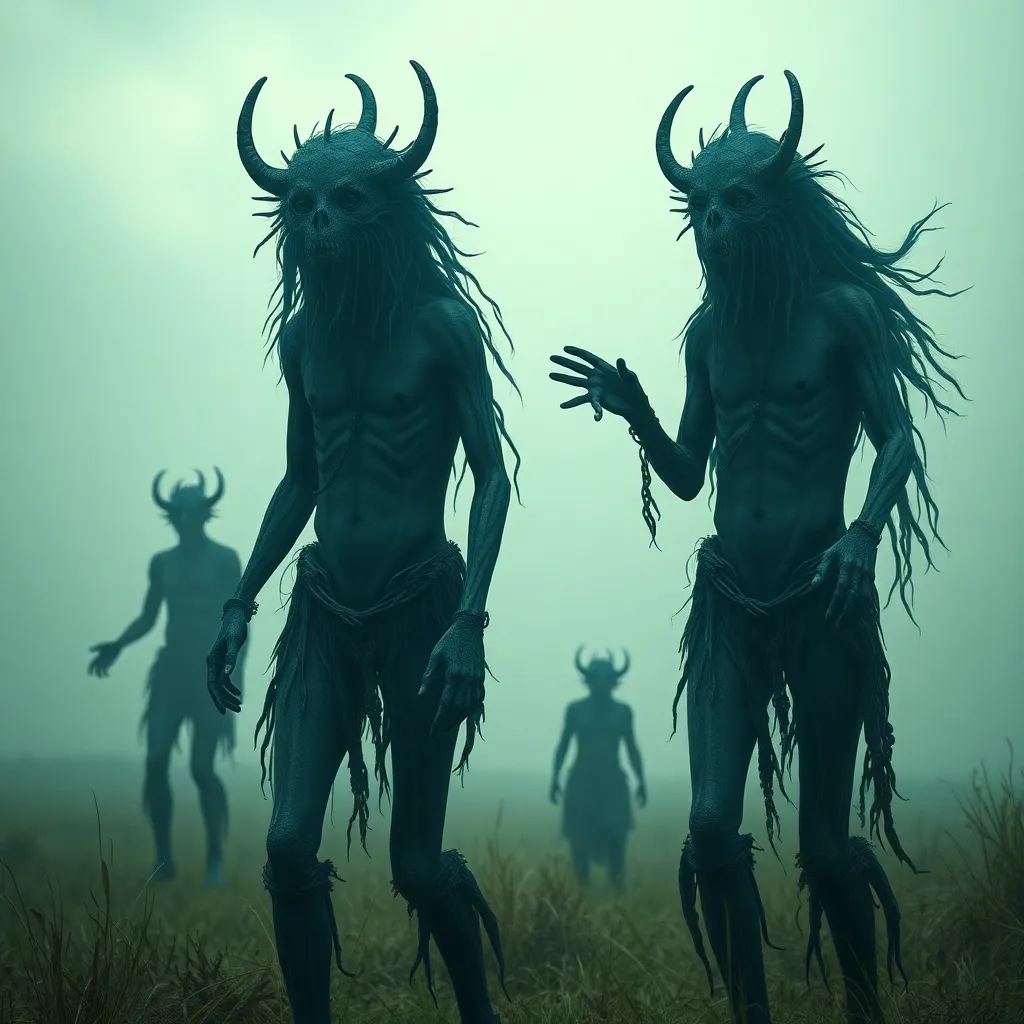The Elven Origins: Tracing the Roots and Evolutionary Development of Elven Myths
I. Introduction to Elven Myths
Elves have been a significant part of folklore and mythology across various cultures, often depicted as magical beings with a deep connection to nature. They have inspired countless tales and artistic representations, embodying both beauty and mystery.
The study of the origins of Elven myths is crucial for understanding not only the cultural heritage of societies that believed in them but also the evolution of these narratives over time. By examining their roots, we gain insights into human beliefs, fears, and aspirations that have persisted through the ages.
This article will explore the historical context of Elves, trace their evolving characteristics, examine regional variations, analyze the role of literature in shaping their archetypes, discuss their resurgence in popular culture, and reflect on their modern symbolism.
II. Historical Context of Elves
A. Early Depictions of Elves in Ancient Cultures
The earliest records of Elves can be traced back to ancient cultures, where they were often seen as spirits or supernatural beings. In Germanic and Norse traditions, Elves were associated with various natural elements and were believed to possess magical abilities.
B. Connection to Norse and Germanic Mythology
In Norse mythology, Elves, known as “álfar,” were considered divine beings linked to fertility and nature. They were classified into light Elves and dark Elves, representing different aspects of the natural world. Germanic folklore also featured similar beings, often described as mischievous and sometimes malevolent.
C. Influence of Celtic Folklore on Elven Narratives
Celtic mythology introduced another layer to Elven lore, depicting them as ethereal beings dwelling in otherworldly realms. The Tuatha Dé Danann, a race of supernatural beings in Irish mythology, shares characteristics with Elves, such as their connection to nature and magic.
III. The Evolution of Elven Characteristics
A. Physical Traits and Attributes of Elves Through the Ages
Elves have been portrayed with various physical traits, often characterized by their slender builds, pointed ears, and otherworldly beauty. Over time, these attributes have become more standardized, particularly in modern fantasy settings.
B. The Transition from Malevolent Spirits to Benevolent Beings
Initially, Elves were often viewed as capricious and malevolent spirits, causing mischief and harm. However, as narratives evolved, particularly during the Renaissance and Romantic periods, they began to be seen as benevolent protectors of nature, embodying ideals of harmony and beauty.
C. The Role of Elves in Nature and the Supernatural
Elves have consistently been portrayed as guardians of the natural world, often associated with forests, rivers, and wildlife. Their connection to the supernatural realm has made them symbols of mystery and enchantment, bridging the gap between the human world and the mystical.
IV. Regional Variations of Elven Myths
A. Comparison of Elven Stories Across Europe
Elven narratives vary significantly across Europe, influenced by local cultures and traditions. For instance, Scandinavian Elves, often depicted as wise and powerful beings, differ from the playful and mischievous fairies of British folklore.
B. Unique Characteristics in Scandinavian versus Celtic Traditions
- Scandinavian Elves: Often portrayed as noble and wise, with a strong connection to the natural elements.
- Celtic Elves: Frequently depicted as ethereal and elusive, with a focus on their otherworldly realms and magical abilities.
C. The Impact of Cultural Exchange on Elven Lore
Cultural exchange throughout history has led to the blending and adaptation of Elven myths, creating rich tapestries of stories that reflect the values and beliefs of different societies. As trade routes expanded and communities interacted, the characteristics and roles of Elves evolved.
V. The Role of Literature in Shaping Elven Archetypes
A. Contributions of Medieval Literature to Elven Mythology
Medieval literature played a significant role in solidifying the archetypes of Elves. Works such as Geoffrey Chaucer’s “The Canterbury Tales” and various Arthurian legends introduced new dimensions to Elven characters, embedding them deeper into the literary tradition.
B. The Influence of Romanticism and the Victorian Era on Elven Depictions
The Romantic period revived interest in folklore and the natural world, leading to a resurgence of Elven themes in literature. Authors like J.R.R. Tolkien and C.S. Lewis redefined Elves in their works, portraying them as noble, wise, and integral to the fantasy genre.
C. Modern Interpretations in Contemporary Fantasy Literature
Today, Elves have taken on various forms in contemporary fantasy literature, often depicted as complex characters with rich histories. They are portrayed in a multitude of ways, from the noble warriors of Tolkien’s Middle-earth to the more nuanced portrayals in urban fantasy.
VI. Elves in Popular Culture
A. The Resurgence of Elven Myths in Film and Television
Elves have gained significant popularity in film and television, particularly through adaptations of fantasy literature. The “Lord of the Rings” and “The Hobbit” films brought Elven lore to a global audience, showcasing their beauty and strength.
B. Impact of Video Games and Tabletop RPGs on Elven Archetypes
Video games and tabletop role-playing games have further cemented Elves as central figures in fantasy narratives. Games like “Dungeons & Dragons” and franchises such as “The Elder Scrolls” have contributed to the evolution of Elven characteristics, introducing various sub-races and cultures.
C. The Role of Fandom in Perpetuating and Evolving Elven Narratives
Fandom plays a crucial role in the ongoing evolution of Elven narratives. Fan fiction, art, and communities dedicated to fantasy genres continue to explore and redefine the complexities of Elven characters, ensuring their relevance in contemporary culture.
VII. The Symbolism of Elves in Modern Society
A. Elves as Representations of Idealism and Escapism
In modern society, Elves symbolize idealism and escapism, offering a glimpse into a world where beauty, magic, and harmony reign. They represent the human desire to connect with nature and explore the fantastical aspects of existence.
B. Environmental and Ecological Symbolism in Elven Myths
Elves are often associated with ecological themes, serving as symbols of environmental stewardship. Their deep connection to nature highlights the importance of preserving the natural world and respecting its beauty and complexity.
C. The Relevance of Elven Stories in Contemporary Discussions of Identity and Belonging
Elven narratives resonate with contemporary discussions surrounding identity and belonging. As representations of those who exist between worlds, they reflect the complexities of modern life, where individuals often navigate multiple identities and cultural influences.
VIII. Conclusion: The Enduring Legacy of Elven Myths
A. Summary of Key Points Discussed
This exploration of Elven origins reveals their rich historical context, evolving characteristics, diverse regional variations, and the profound impact of literature and popular culture on their depiction. The symbolism of Elves in modern society underscores their significance in our collective consciousness.
B. The Ongoing Evolution of Elven Myths in Future Narratives
As society continues to change, so too will the narratives surrounding Elves. New interpretations and adaptations will emerge, reflecting contemporary values and concerns while honoring the rich tapestry of their origins.
C. Final Thoughts on the Significance of Studying Elven Origins
Studying the origins of Elven myths not only enriches our understanding of cultural heritage but also offers insights into human nature itself. The enduring legacy of Elves serves as a testament to our fascination with the mystical and the beauty of the natural world.



